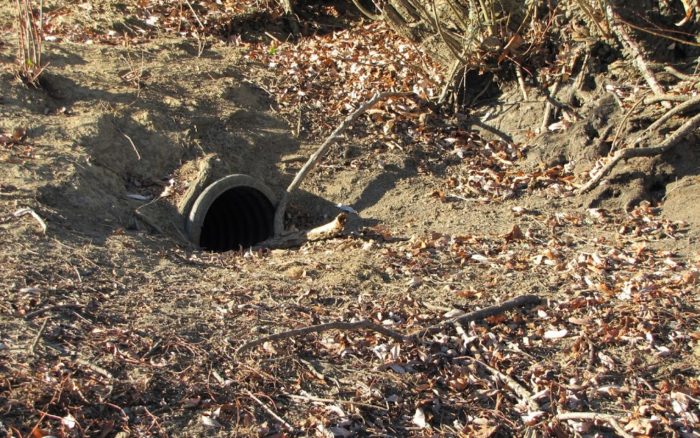 |
| Drain line into lower pond—waiting. |
Drought as Consultant
We have had no measurable rainfall since December 7, and only 2.3 inches in so far this season. It is easy to feel anxious. Our ponds are effectively empty (the heron still fishes for Ramon’s fish in the larger pond, but he can stand at any place in the pond. Normally it is 20 feet deep.)
But there is a beauty too in these clear, cold dawns and the reddened mountains from sunset on the eastern range. The wildflowers have not yet appeared, not even the milkmaids, and the grass is only a faint tint of green in most places. We are irrigating the new plantings of lavender, rose geranium, and helichrysum, something winter rains always take care of. Slowly I find myself accepting the situation, even enjoying the dry beauty.
There are things to do in biodynamic farming that help with moisture. After the crystallization period (from January 15 to February 15 we are in a period in which the sprays will be mostly ineffective) we will do a series of sprays that increase or hold moisture, spraying on leaf or water days, the moon in pisces, cancer, or scorpio (water signs.) We also mulch new plantings and may modify our replanting plans this year.
I have started thinking of Drought a consultant. What does It have to offer? For one thing it reminds me of how much I have no control over. We can do the biodynamic spray sequences, we can pray, we can hope, but we must also carefully consider what got us here. Almost all scientists agree: we have a hand in the extreme weather fluctuations. So I contemplate: What have I done that has contributed to Drought and what can we do to survive it and learn from it?
Are there any philosophical or practical insights that have you gained from the extreme weather situations than many of us are experiencing this winter that you would like to share? Will you be doing anything differently as a result of this reflection?
